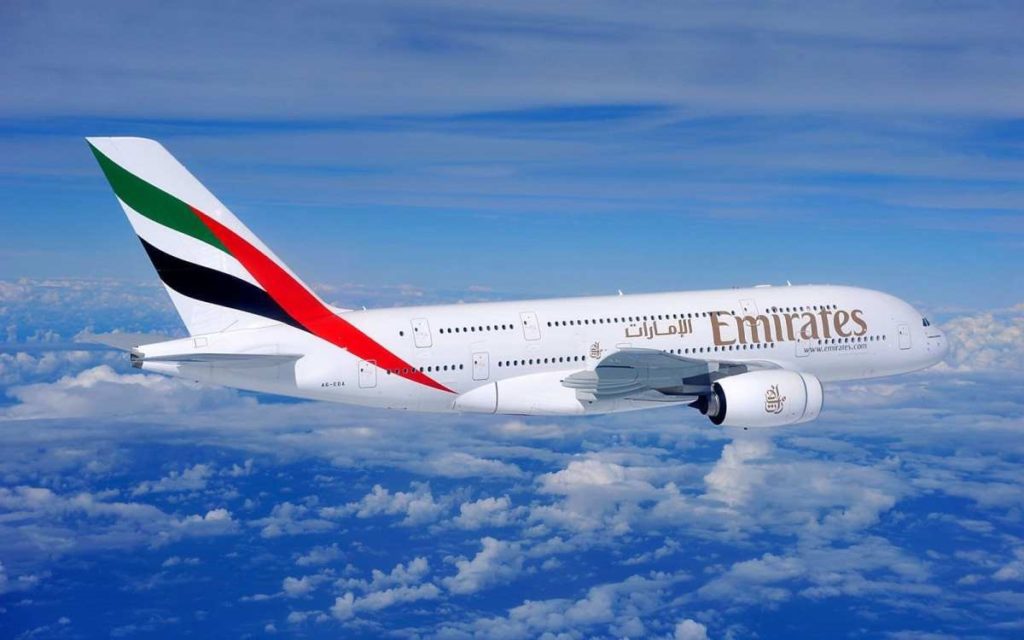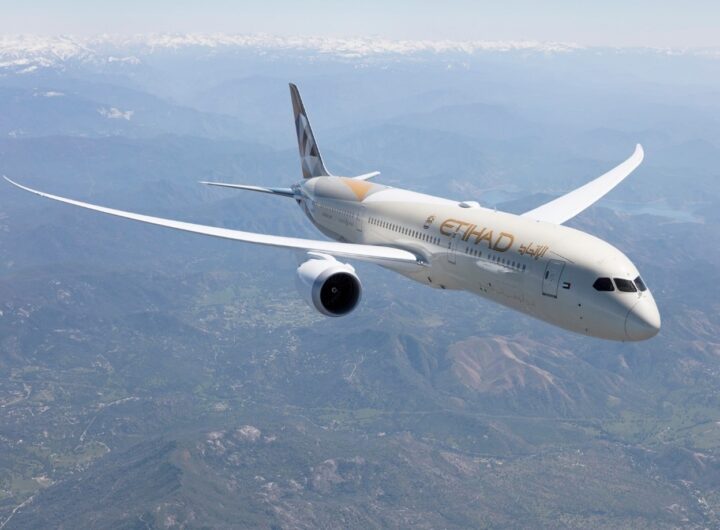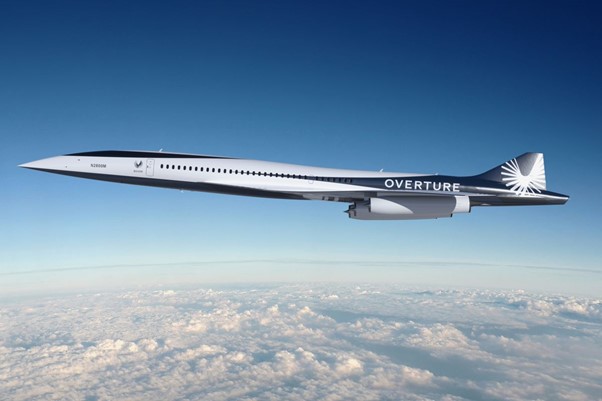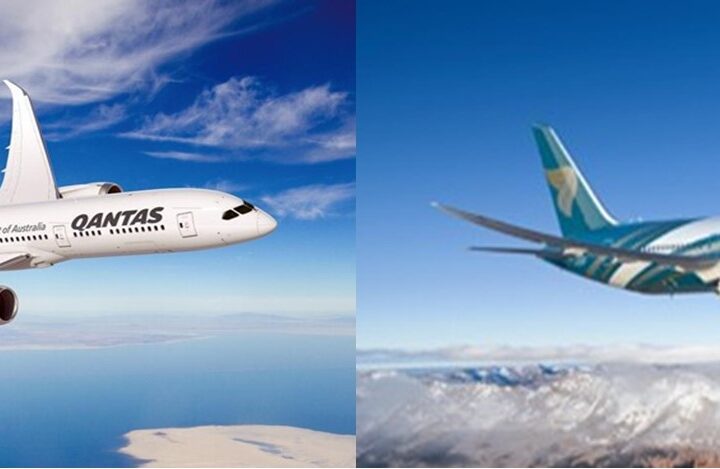
Emirates A380
Due to soaring demand for air travel, Emirates, the largest operator of the Airbus A380, plans to bring back its whole fleet of superjumbos by the end of 2023.
Adnan Kazim, Emirates’ chief commercial officer, said at the Skift Global Forum East in Dubai that the airline’s capacity has recovered to 80% of its pre-pandemic levels, and its extensive network has restored to 95% of its pre-pandemic level.
Closer to the end of 2023, that’s our target to put all our A380s back to service… and recover the remaining 20 per cent of the capacity,” he told reporters on the sidelines of the two-day travel expo.
The long-haul behemoth’s move coincides with the reopening of international borders and the relaxation of Covid-19-related restrictions.
Emirates presently runs around 85 of the four-engine aircraft, gradually reintroducing them to service after grounding most of its 116 A380s during the height of the Covid-19 crisis, which brought air transport to a halt. Some of the remaining A380s are being serviced, some are being retrofitted, and the others will return to the sky.
Emirates has begun a $2 billion two-year refit programme for its A380 and 777 cabin interiors, phasing them out later than expected to accommodate the delayed delivery of its new Boeing 777X wide-body aircraft.
Beyond the recovery to 2019 levels, the airline is preparing for full expansion beginning in 2024, with the first deliveries of the twin-aisle Airbus A350 planes in August 2024 — adding a new aircraft type to its fleet mix — and the long-delayed Boeing 777X wide-body in mid-2025.
“Today, Emirates has a clear strategy for the next ten years of fleet growth, which is related to the A350, which will begin to arrive by mid-2024… with full acceleration within the next three to three and a half years to get the 50 aircraft [on order],” Mr Kazim added. “The 777X is on the way.”
Etihad, the UAE’s neighbour and rival, wants to pull four A380s out of storage in mid-2023 for flights between Abu Dhabi and London Heathrow, freeing up space to bring back additional destinations and increase flights elsewhere.
Source: The National
 Etihad to Operate A350-1000 to Sydney From December 2025
Etihad to Operate A350-1000 to Sydney From December 2025  Air New Zealand and BETA Technologies Launch First Electric Aircraft in Tauranga
Air New Zealand and BETA Technologies Launch First Electric Aircraft in Tauranga  Supersonic Is Back: Boom Supersonic To Bring Fast Flights to the Skies by 2030
Supersonic Is Back: Boom Supersonic To Bring Fast Flights to the Skies by 2030  Cathay Pacific Elevates Its Membership Experience: Smoother, Simpler, and Better for Every Traveller
Cathay Pacific Elevates Its Membership Experience: Smoother, Simpler, and Better for Every Traveller  Malaysia Airlines Soars to New Heights: Named Among World’s Top 10 Airlines by Condé Nast Traveller
Malaysia Airlines Soars to New Heights: Named Among World’s Top 10 Airlines by Condé Nast Traveller  Oman Air–Qantas Partnership: Elevating Airline Loyalty and Middle East Travel for Australians
Oman Air–Qantas Partnership: Elevating Airline Loyalty and Middle East Travel for Australians  Bookings open for Ritz-Carlton Yacht’s 2027 summer sailings Evrima and Ilma with sail the Mediterranean and Northern Europe
Bookings open for Ritz-Carlton Yacht’s 2027 summer sailings Evrima and Ilma with sail the Mediterranean and Northern Europe  Regent Bali Canggu Launches Michelin Master Series: Premier Culinary Experience in Asia
Regent Bali Canggu Launches Michelin Master Series: Premier Culinary Experience in Asia  The Pros and Cons of Robot-Generated Itineraries
The Pros and Cons of Robot-Generated Itineraries  Royal Caribbean Group Unveils Ultimate Santorini Experience: Royal Beach Club Opening Summer 2026
Royal Caribbean Group Unveils Ultimate Santorini Experience: Royal Beach Club Opening Summer 2026 